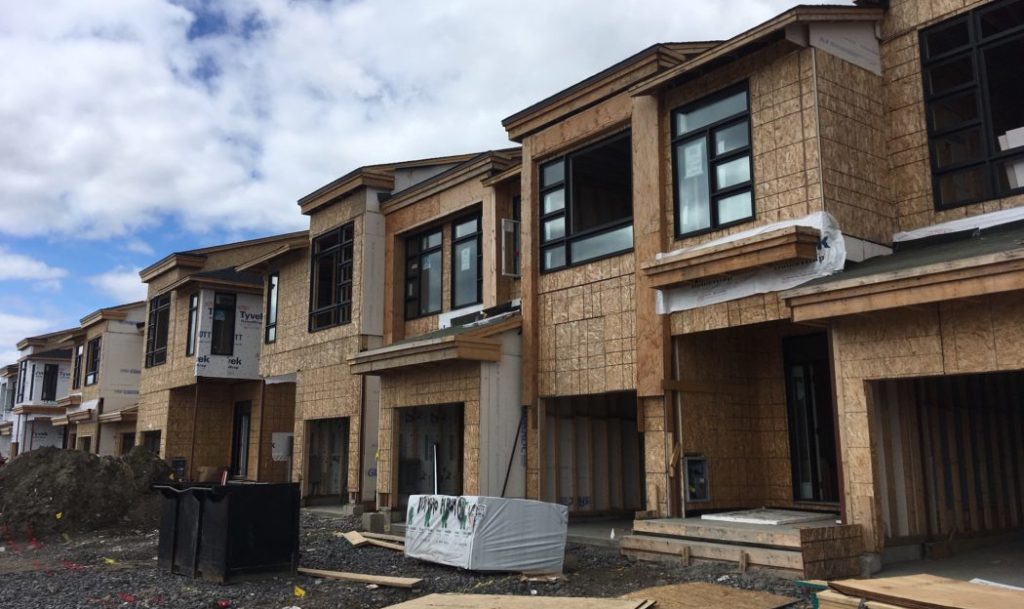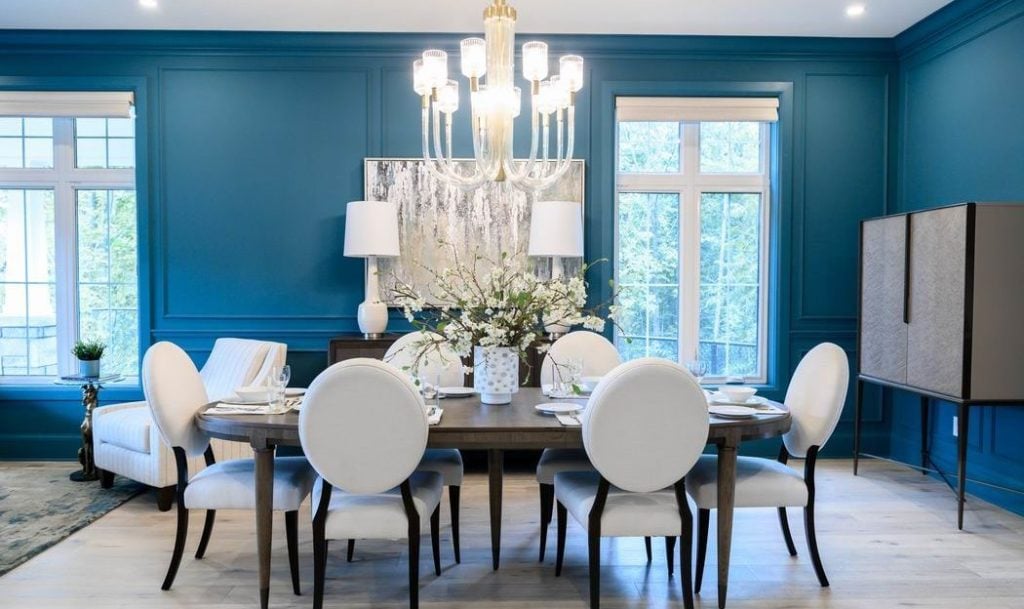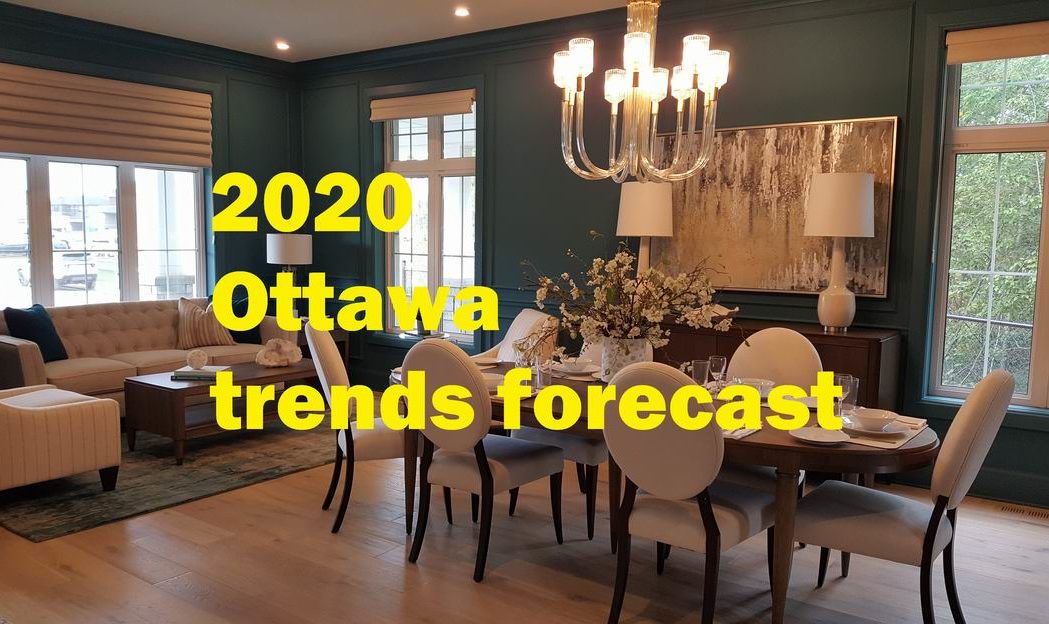Strong growth and fresh challenges: That’s the 2020 trends forecast for Ottawa’s housing market, according to the experts. While our focus here is new and resale homes, we’re also taking a peek at home improvement trends and what to expect in design.
New and resale homes
“Ottawa continues to be one of the hottest markets in Canada, despite rising house prices,” says Cheryl Rice, Ottawa division president for real estate analyst PMA Brethour Realty.
Rice dove into housing performance in 2019 and gazed into her crystal ball for 2020 when she gave her annual state-of-the-Ottawa-market presentation at a recent session for builders and other industry members organized by the Greater Ottawa Home Builders’ Association (GOHBA).
Last year was a record-breaker in both the resale and new home markets, Rice says. Resale figures hit a staggering 18,622 homes, the highest number in 10 years despite severe inventory shortages, while new homes sailed in at 6,315, up 27 per cent over the previous year.
“It was a very impressive performance for resale in 2019,” she says. However, “last year, the increasingly high demand for more affordable homes quickly thinned out home inventory and shelves weren’t being restocked.”
Resale prices also jumped last year. The average cost of a residential property was $486,590, up almost nine per cent from the previous year and hitting a record-breaking average of $500,000 in some areas of the city. Condos averaged $304,203, over nine per cent higher than 2018.
“Condos are making a comeback.”
The oversupply that dogged the condominium market for several years has been absorbed and a slower supply of affordable new homes has seen buyers turning to resale condos, says Rice. “Condos are making a comeback.”
Buyers can expect a continuing hot resale market again this year, according to the latest Re/Max Ottawa Housing Market Outlook. Re/Max forecasts prices will jump six per cent in a seller’s market, with heavy demand from move-up, first-time and move-over homebuyers. Inventory will continue tight this year, according to the Ottawa Real Estate Board.
Pent-up demand
Rice says the election of the Justin Trudeau Liberals in 2015 and consequent job creation sparked the beginning of recovery in Ottawa’s new home and resale markets, which had been hit by the 2008 recession and government layoffs in the Stephen Harper years.
A brief dip in new home construction in 2018 fueled enormous pent-up demand, resulting in the sales explosion in 2019. That included over 30 new community openings and major product releases, continuing a trend from 2018.

Pent-up demand for townhomes in Ottawa was particularly strong in 2019.
That pent-up demand was especially strong for townhomes, says Rice. They not only accounted for 48 per cent of new home sales last year, they also saw the biggest price jump, to an average of $434,030. “That’s almost a 12 per cent increase over the previous year. It was driven by high demand for affordable products that we expect to continue into 2020.”
The average new single-family home sold for $610,517 last year, and Rice says price increases are accelerating.
Ottawa South was the big beneficiary of new home sales last year, capturing 42 per cent of all sales and continuing a trend seen the year before. The area had previously seen a relative paucity of available new homes, but new developments in 2019 like The Ridge, Flagstaff and the now-sold-out Heirloom, as well as fresh releases at existing projects, opened up opportunities for buyers.
Surging prices and the millennial cohort
The re-election of the federal Liberals last year will be good for income and employment growth and that means a robust housing market in 2020, Rice believes. She sees prices jumping as much as 10 to 12 per cent, keeping some would-be first-time buyers out of the market and forcing them to rent — a problem in Ottawa, where the vacancy rate is 1.8 per cent and rental costs are growing.
“Eyes will be on the supply side of the market.”
With the Ottawa market “headed into a somewhat speculative phase,” she also worries that a lack of low-density housing will drive prices higher, fueling even more demand for resale homes in a market already strained by low inventory. “Eyes will be on the supply side of the market,” she says.
Bonnie Peterson from the mortgage insurer Genworth Canada also spoke at the recent GOHBA event. She says first-time buyers in the 25 to 40 age range have decreased over the past several years, in part because of the mortgage stress test. On the other hand, she says the “quality” of those buyers is greater than it was 10 years ago and buyers are regaining their confidence in becoming homeowners after being shaken a bit by tighter mortgage regulations.
She notes other market trends, including an increase in first-time buyers who turn to a family member for help in buying a home. “The people getting into the market are saying if mom and dad or a family member hadn’t (helped), they couldn’t have gotten into the market.”
Home improvement and design
Homeownership obviously starts with buying, but home improvement and design are also a key part of the housing picture.
The first-ever HomeStars Reno Report, published in September 2019, found that Canadians are spending well north of $78 billion a year on home improvement, more than they are spending on buying homes. The same report sees renovation spending continuing to grow, with most respondents saying they plan to stay in their current home and roughly two-thirds saying they may renovate in the coming year.
The report also finds millennial homeowners are the group most likely to renovate and they will spend the most on renovations, with painting and bathroom and kitchen makeovers topping their to-do list.
Do renovations pay back when you sell your home? That depends on a lot of factors, as we discovered when we looked at renos and return on investment just over a year ago.
The best reno ROI? For the third year running, it’s a garage door, according to the annual Cost vs. Value report from Remodeling magazine. Not exactly sexy, but hey, you could get back more than 97 per cent of what you paid when you sell.

Pantone’s colour of the year, Classic Blue, featured prominently in the 2019 Minto Dream Home.
When it comes to design, the influential Pantone Color Institute has named Classic Blue as its colour of the year, although white and grey are the most popular kitchen colours, according to a late-2019 Freshome report on trends spotted by the National Kitchen and Bath Association.
The same Freshome report notes that the farmhouse style leads the pack for kitchen design, as does painted cabinetry and quartz countertops. For floors, hardwood continues to rule, followed by ceramic and porcelain tile.
Forbes foresees ecological considerations influencing design. That means we’ll be buying fewer but better-quality items for our homes and looking for sustainable materials like acacia and rattan. Forbes says we can also expect to see layered patterns, bold trim and ceilings, including wallpaper up above, and hand-made goods.
Related
Ottawa housing trends for 2019
New home developments coming soon

